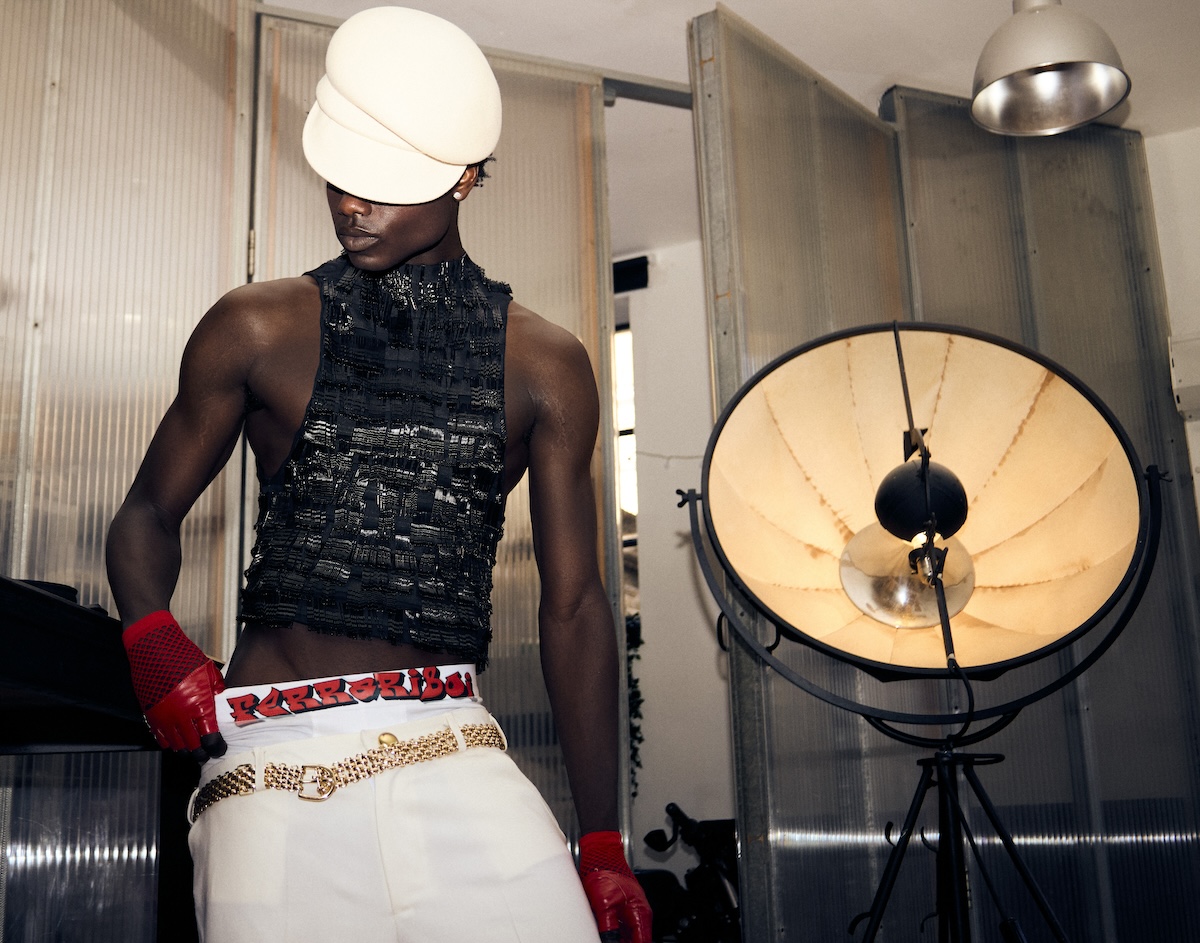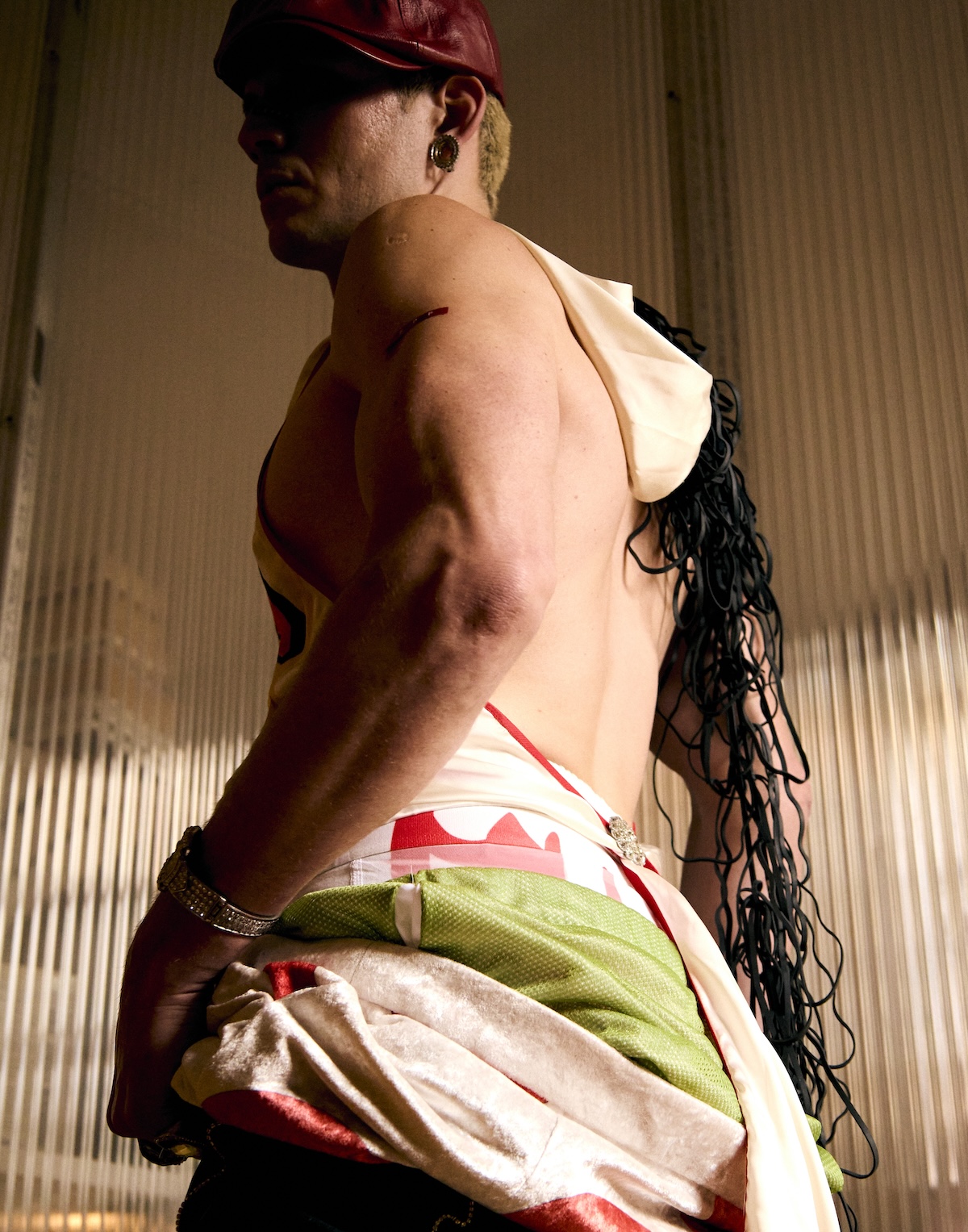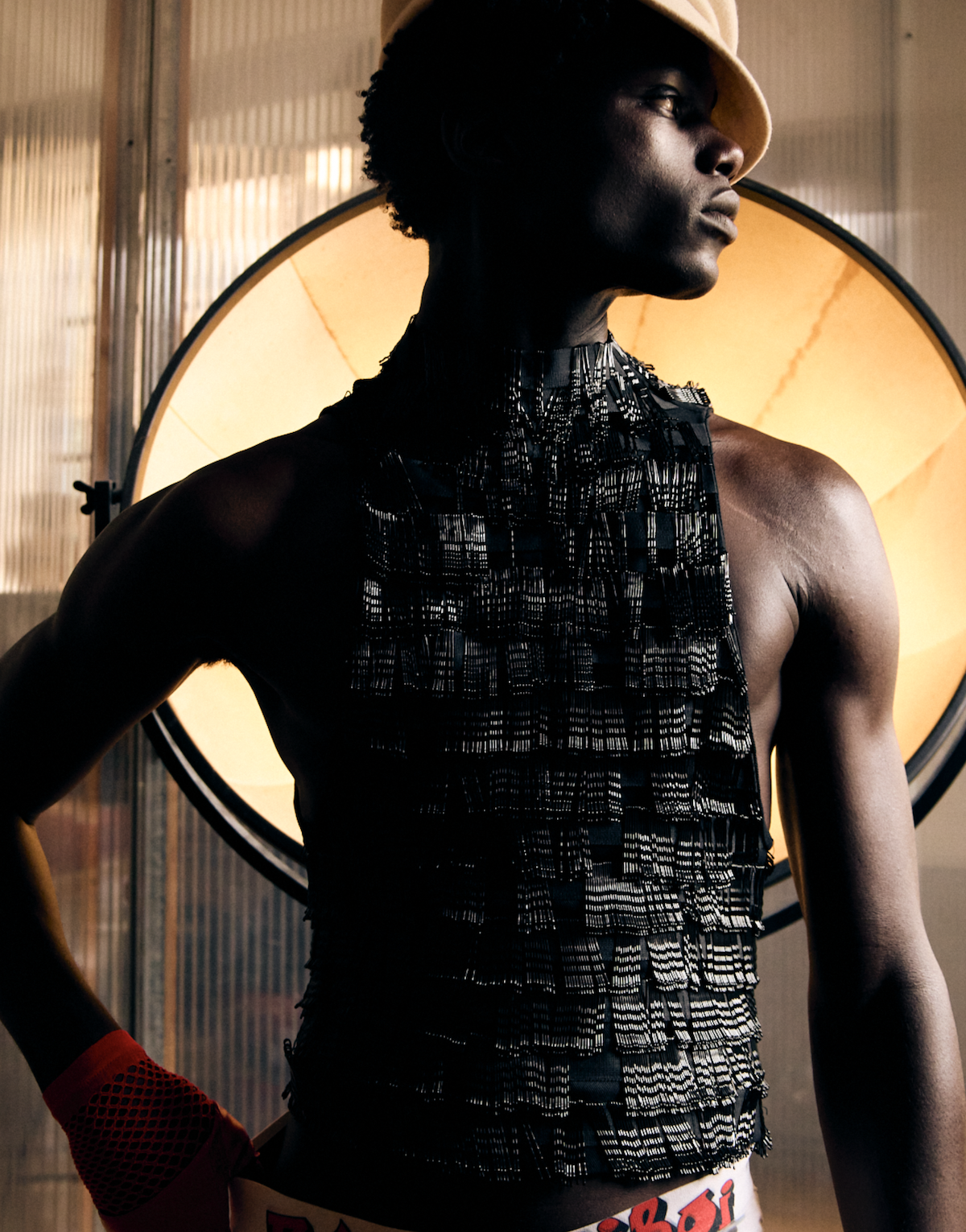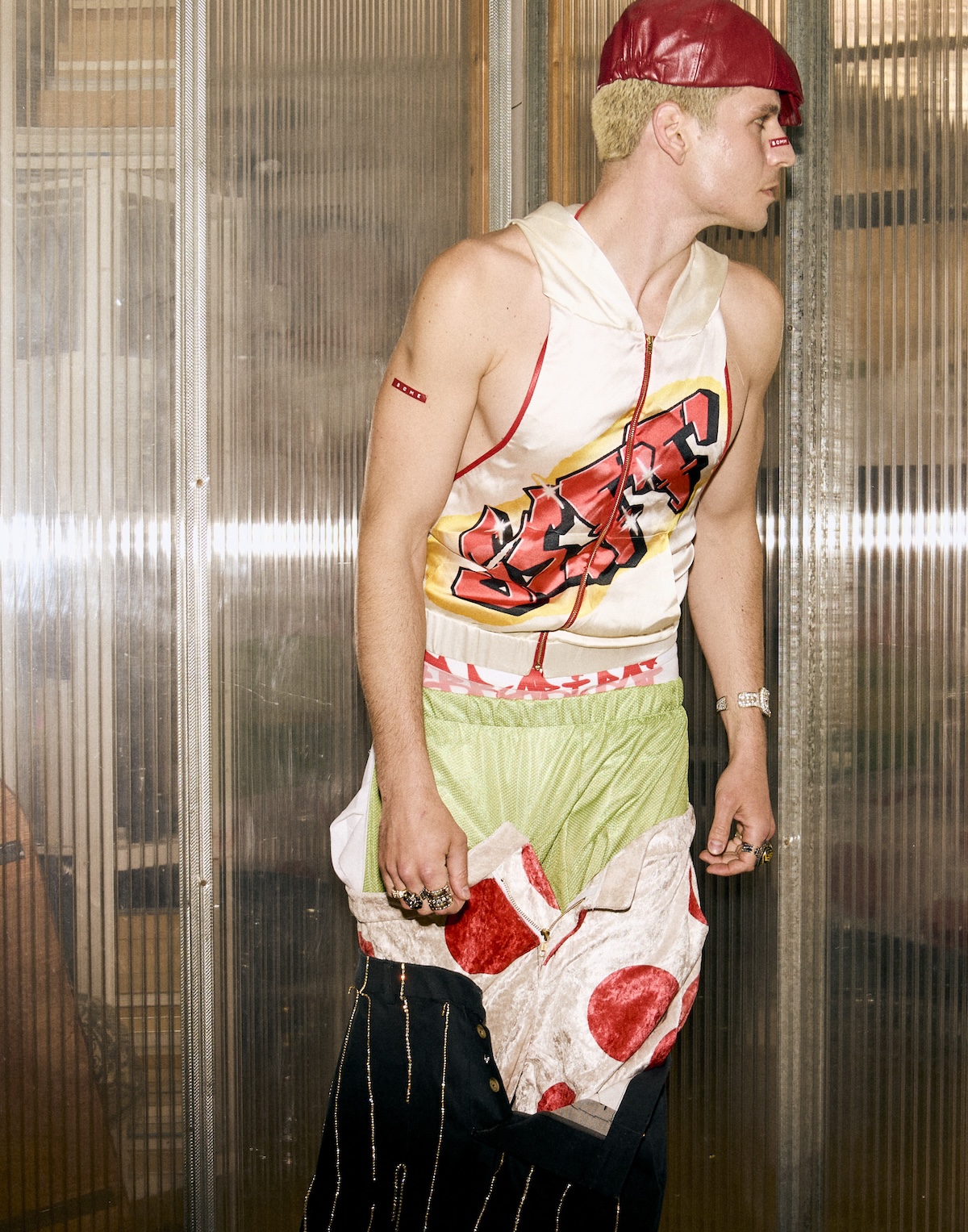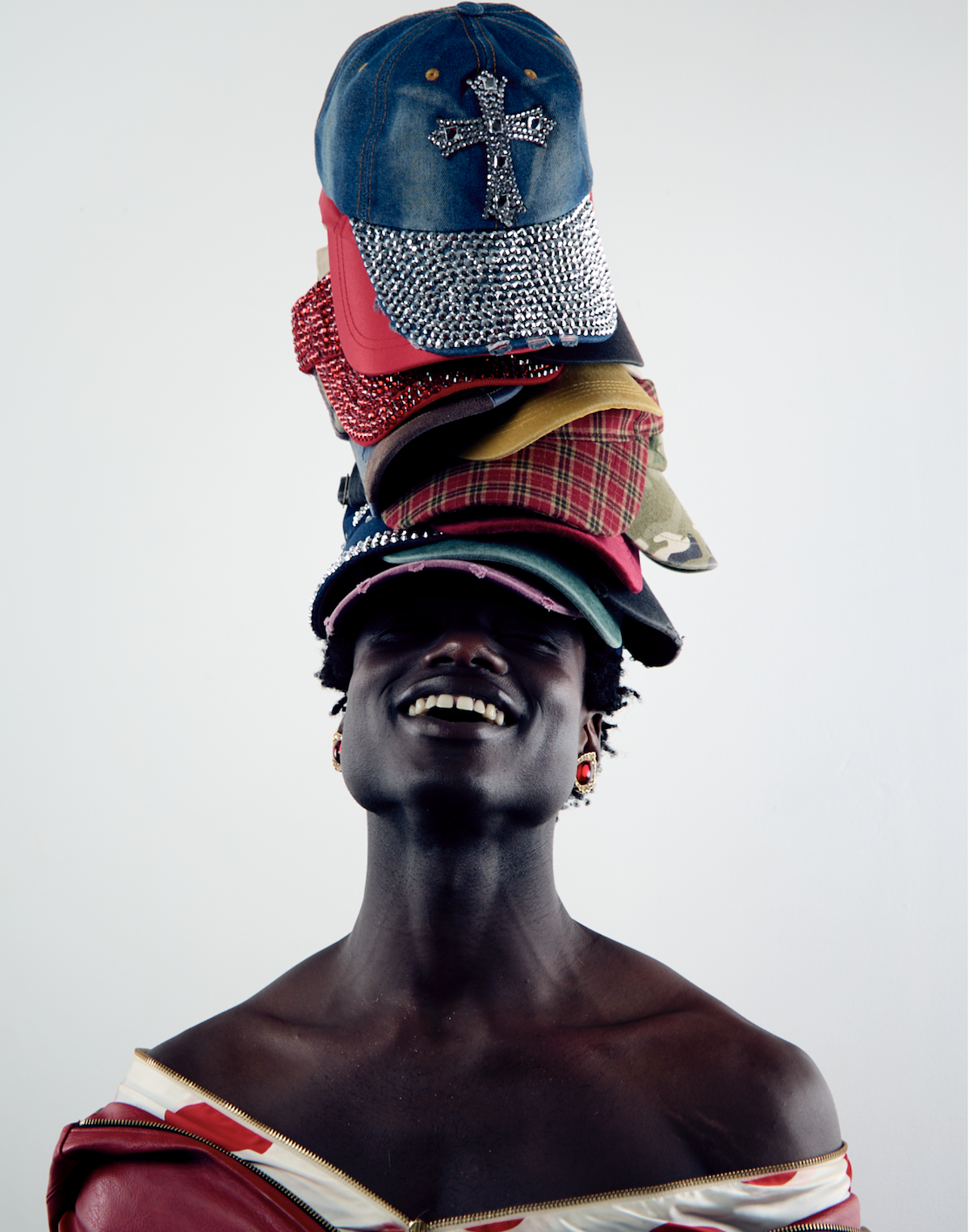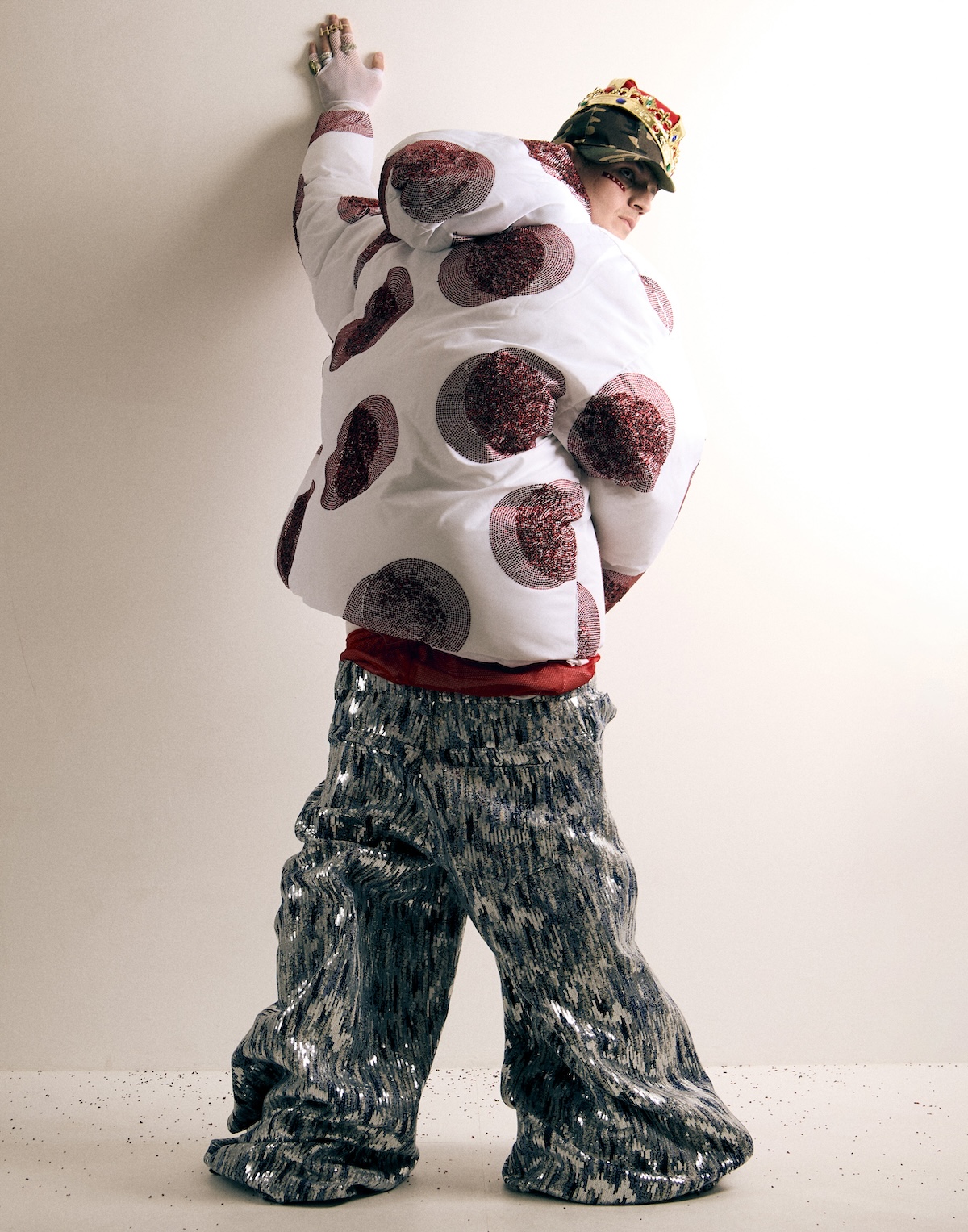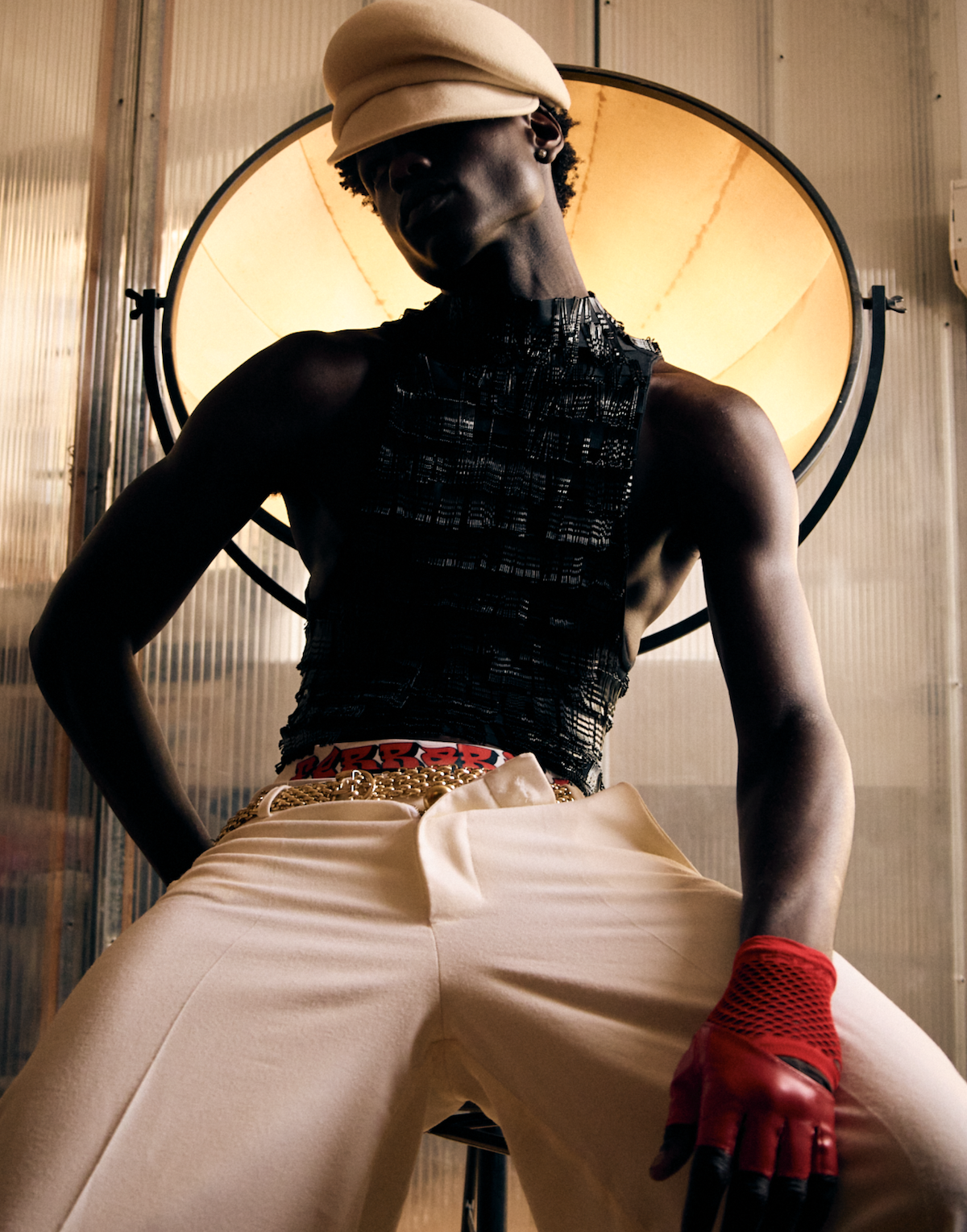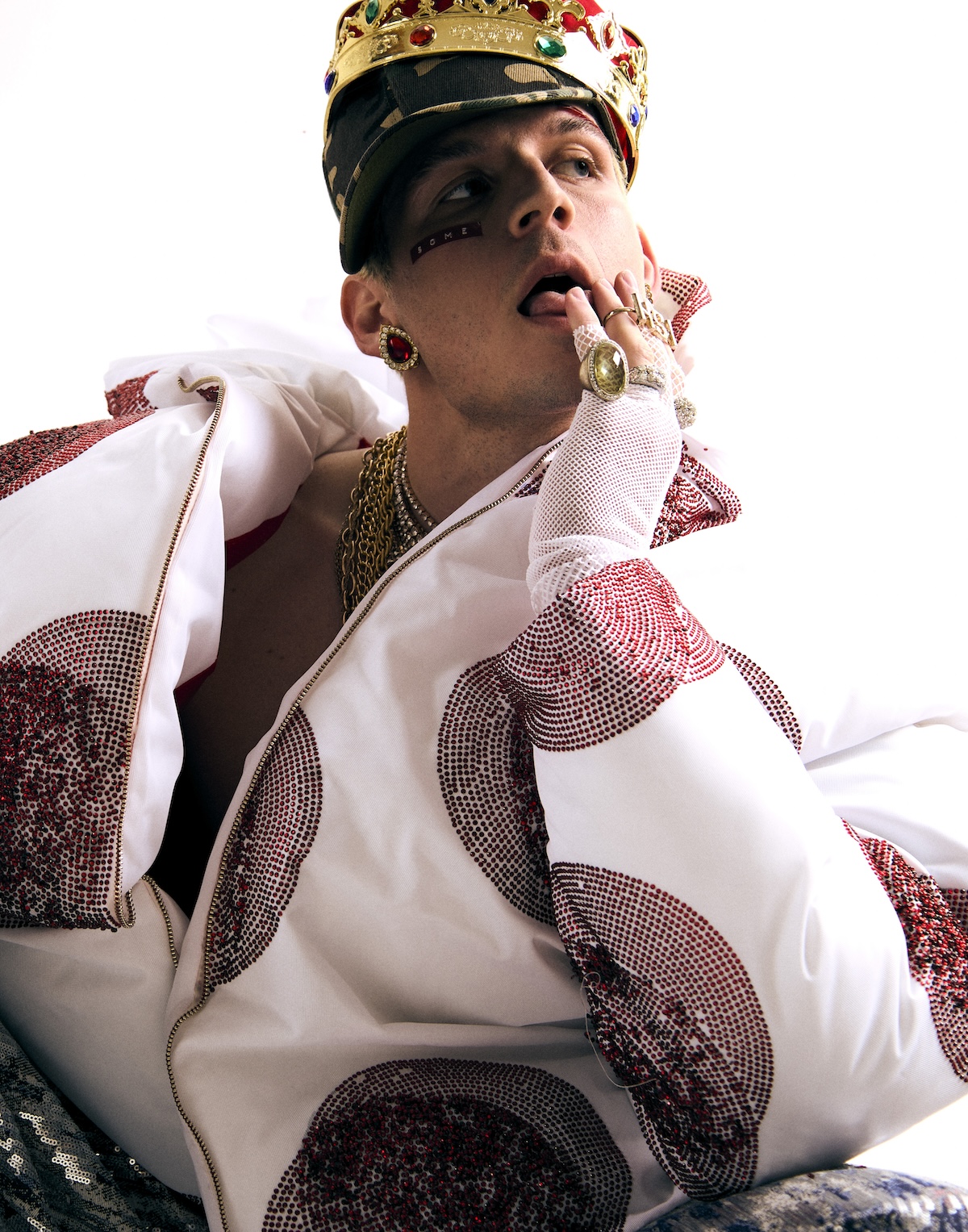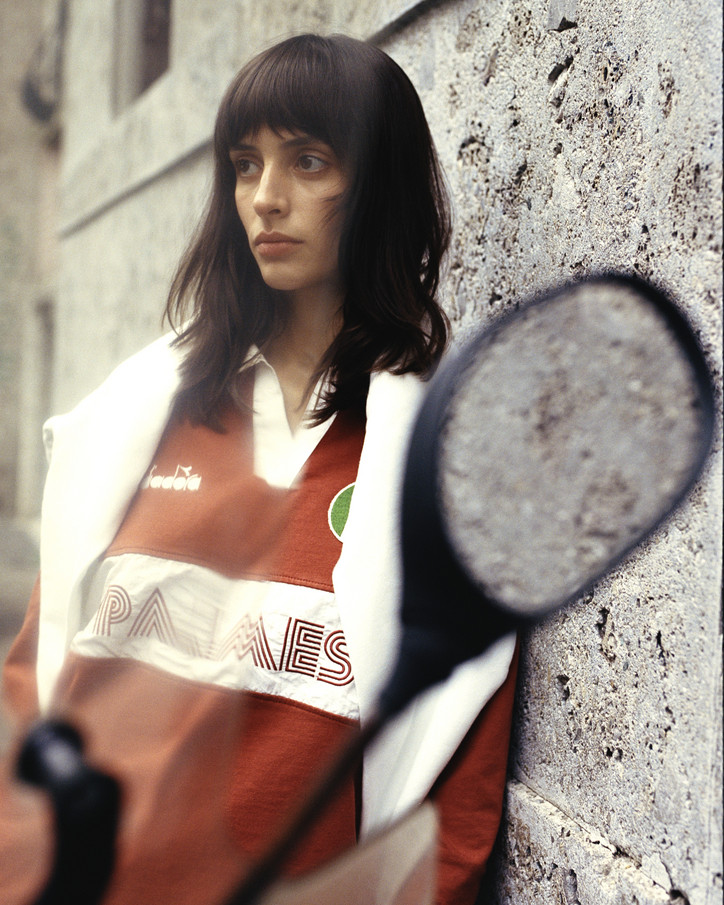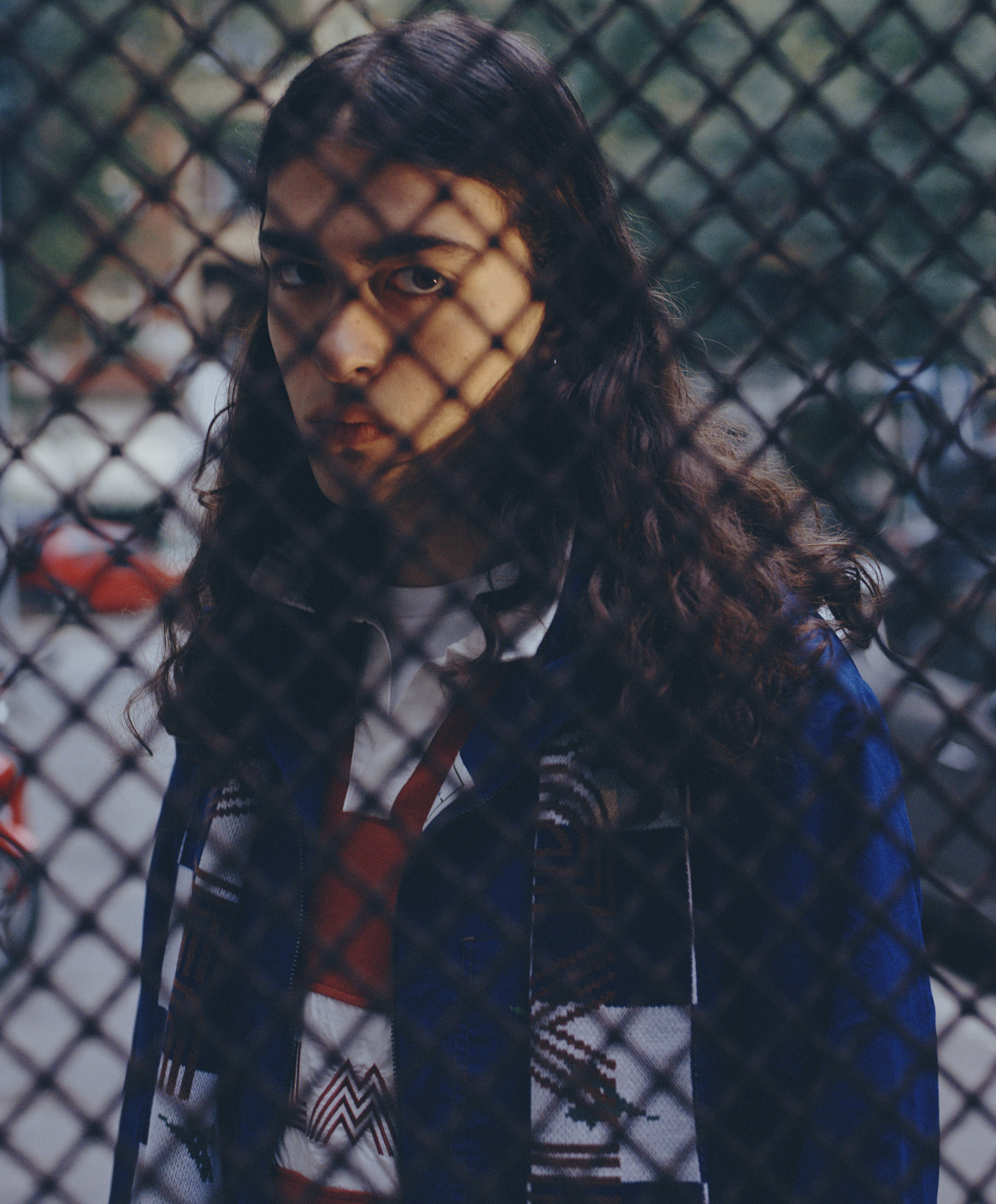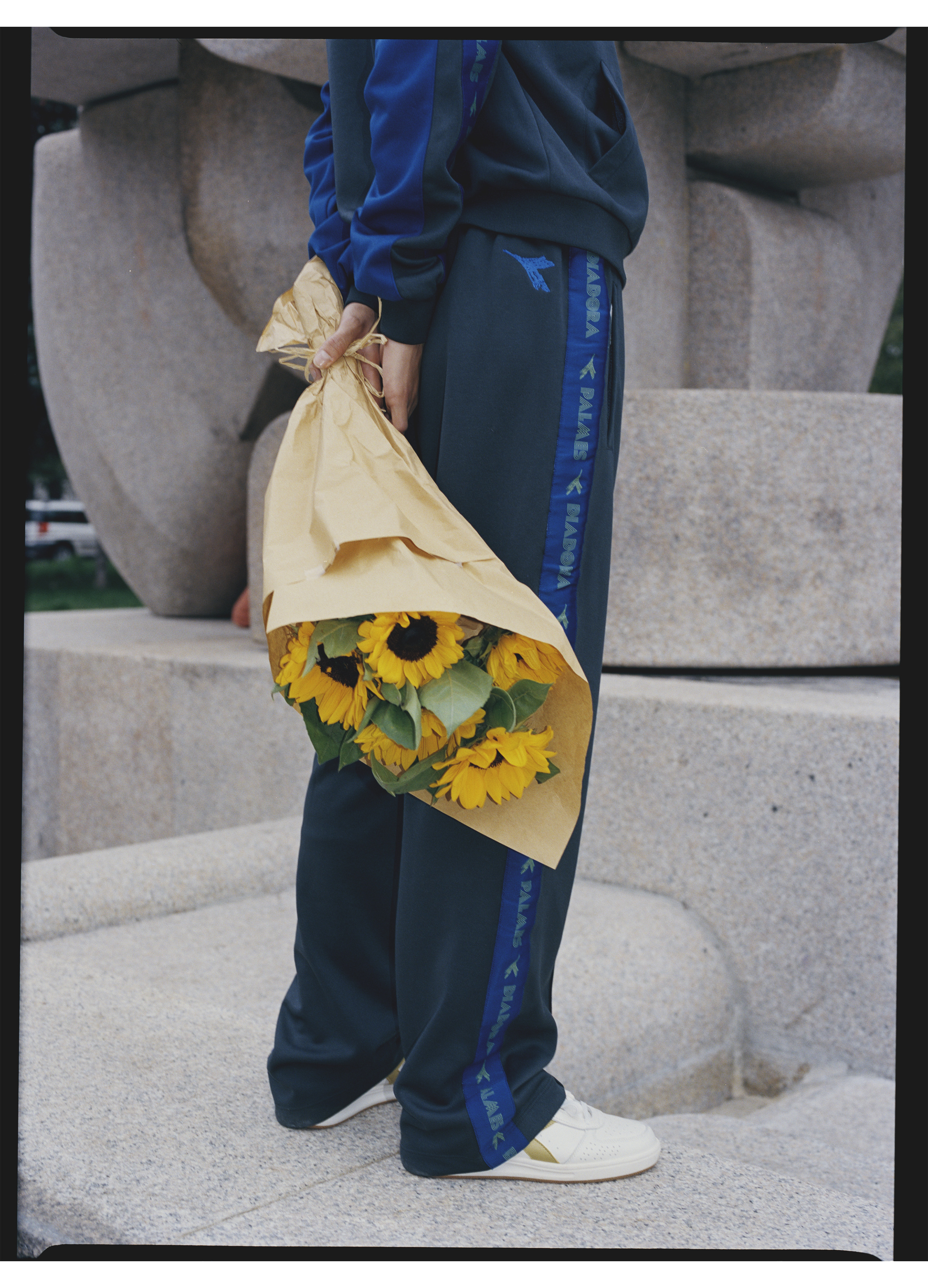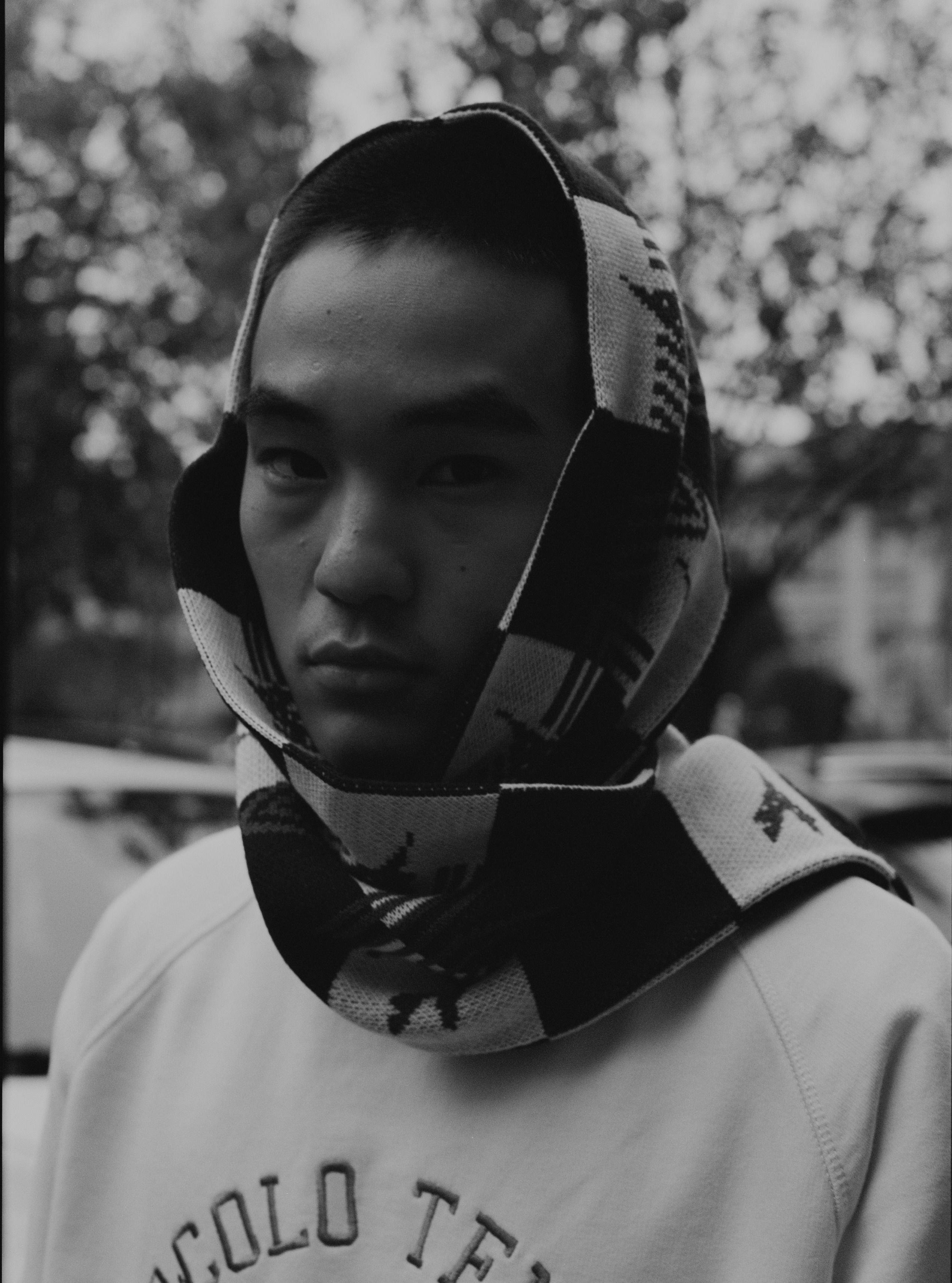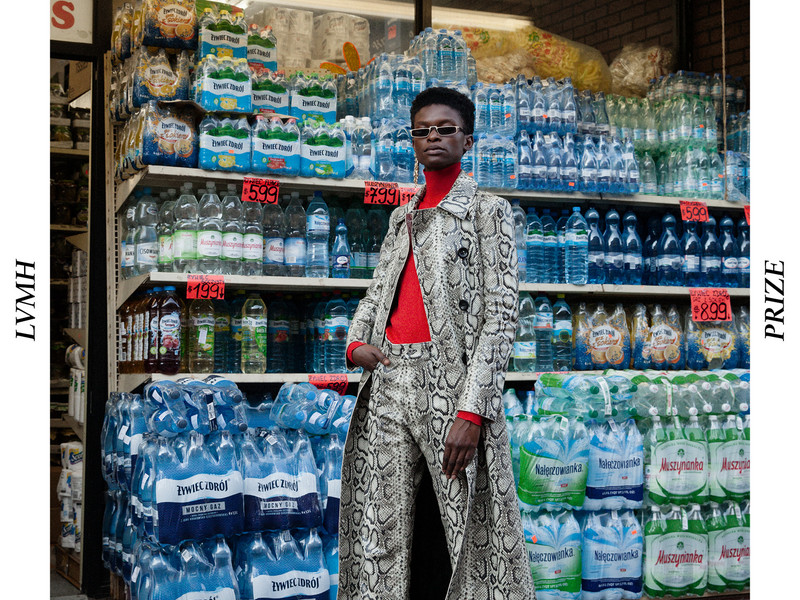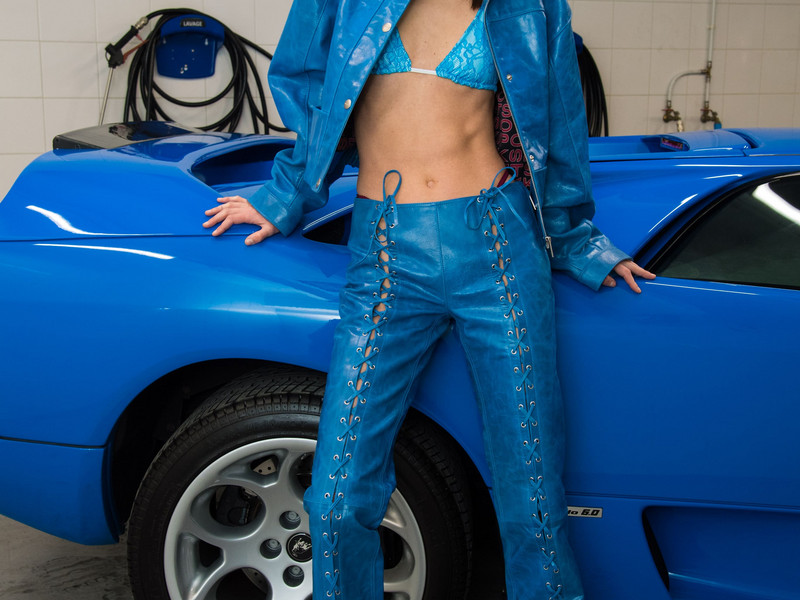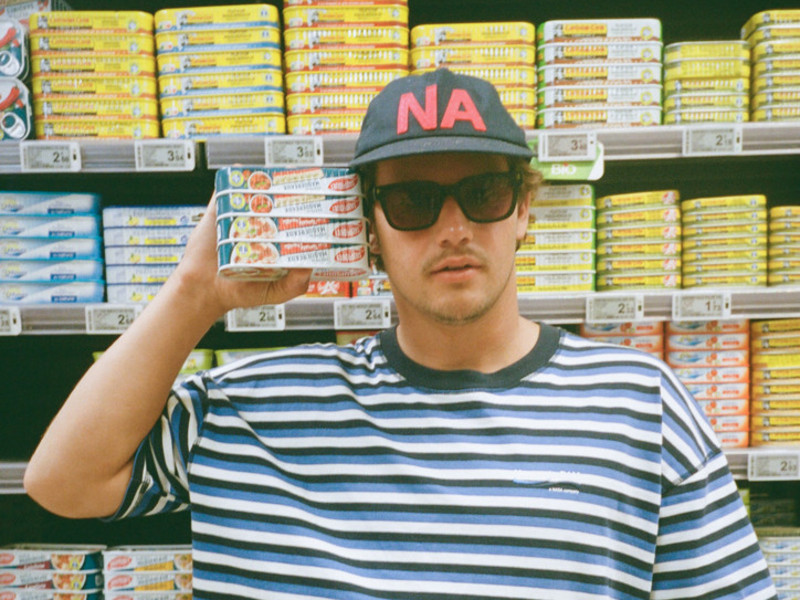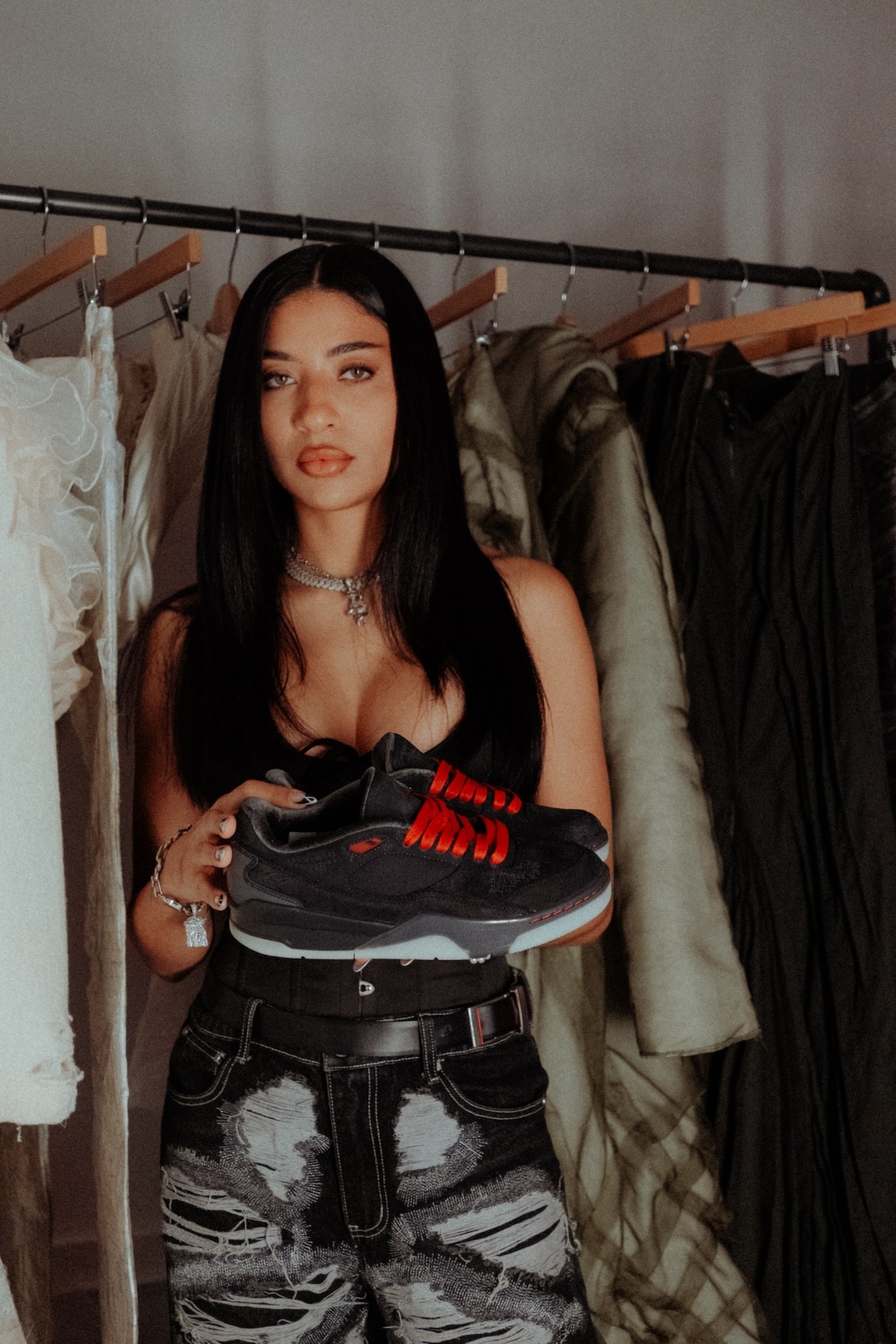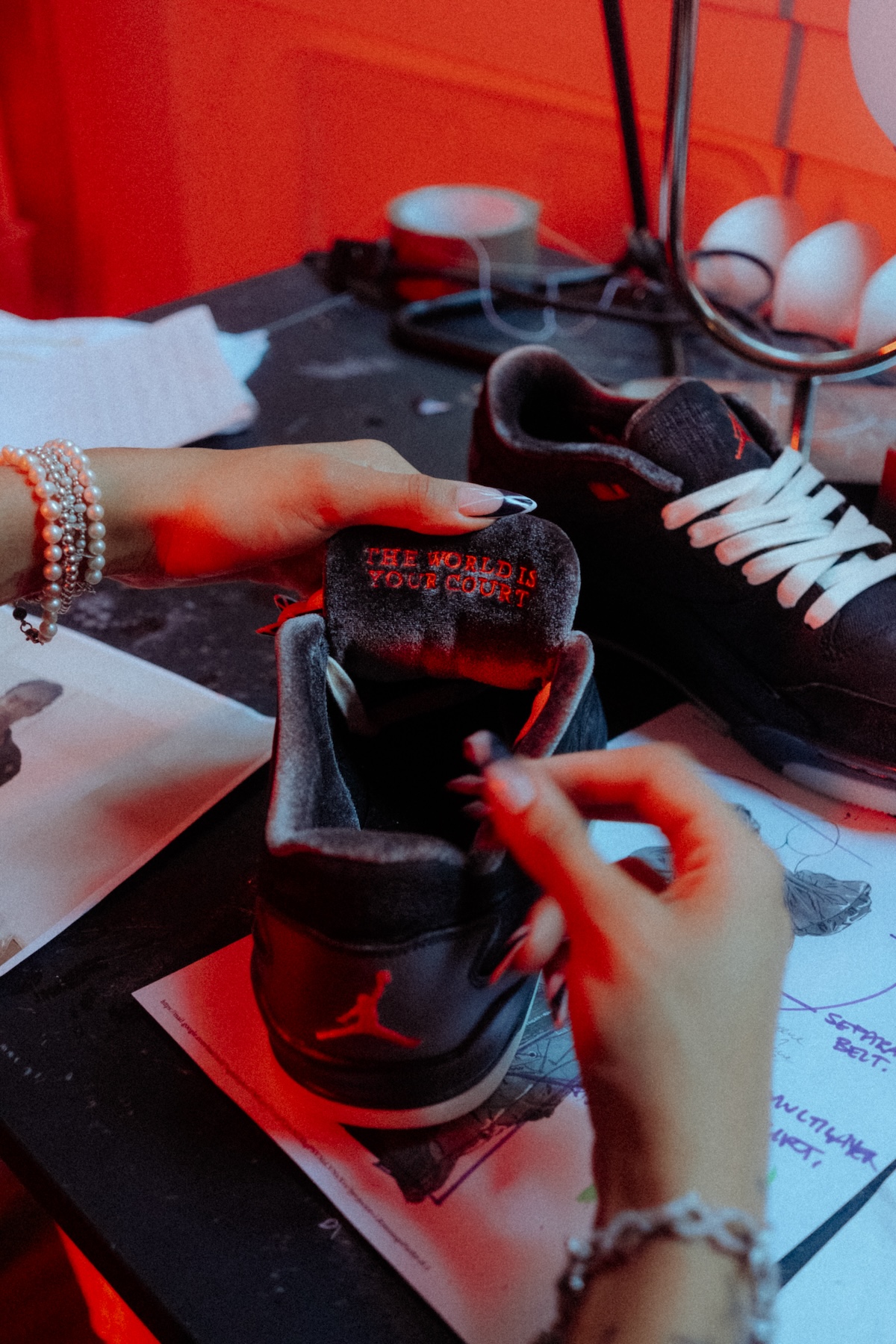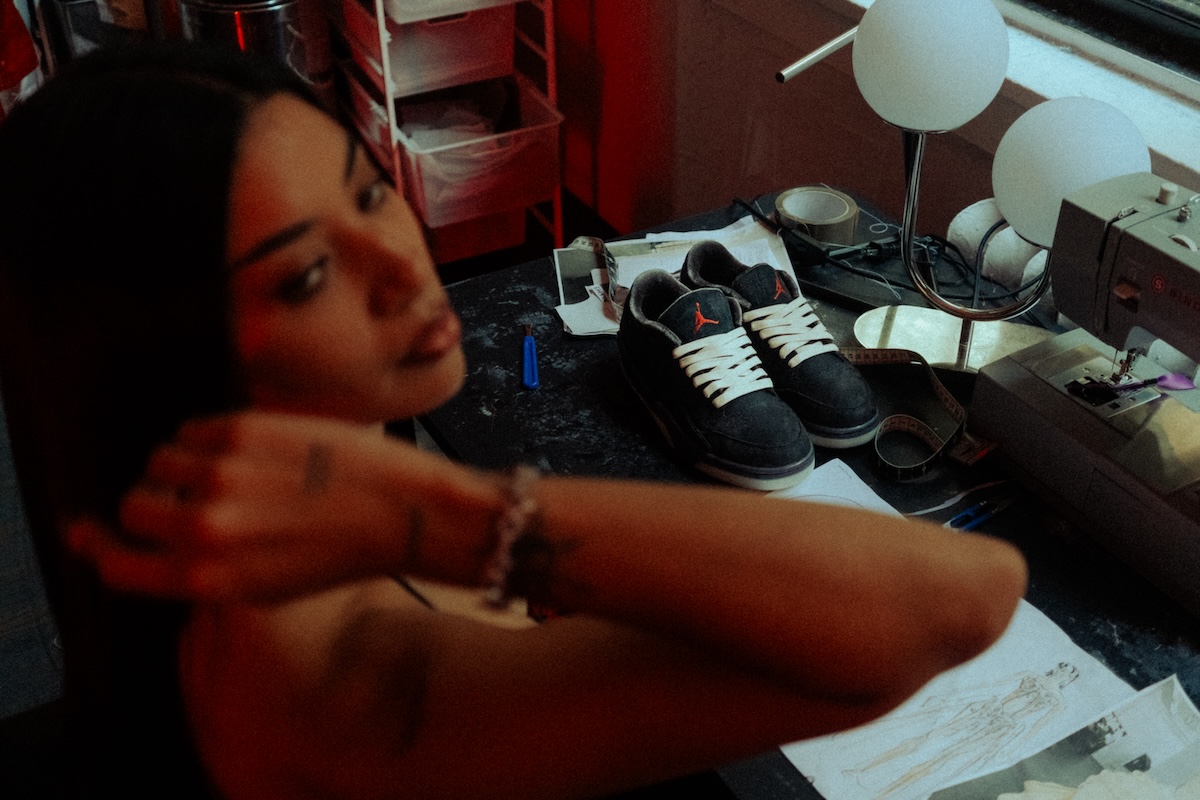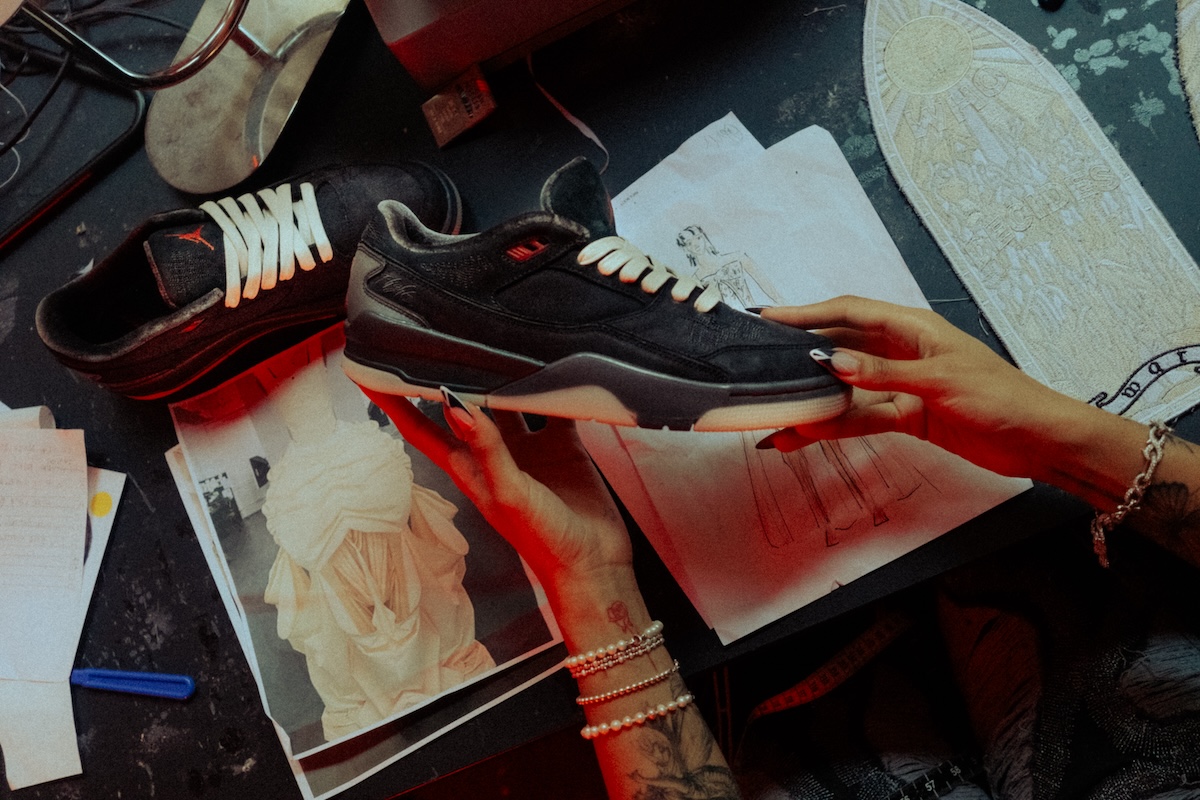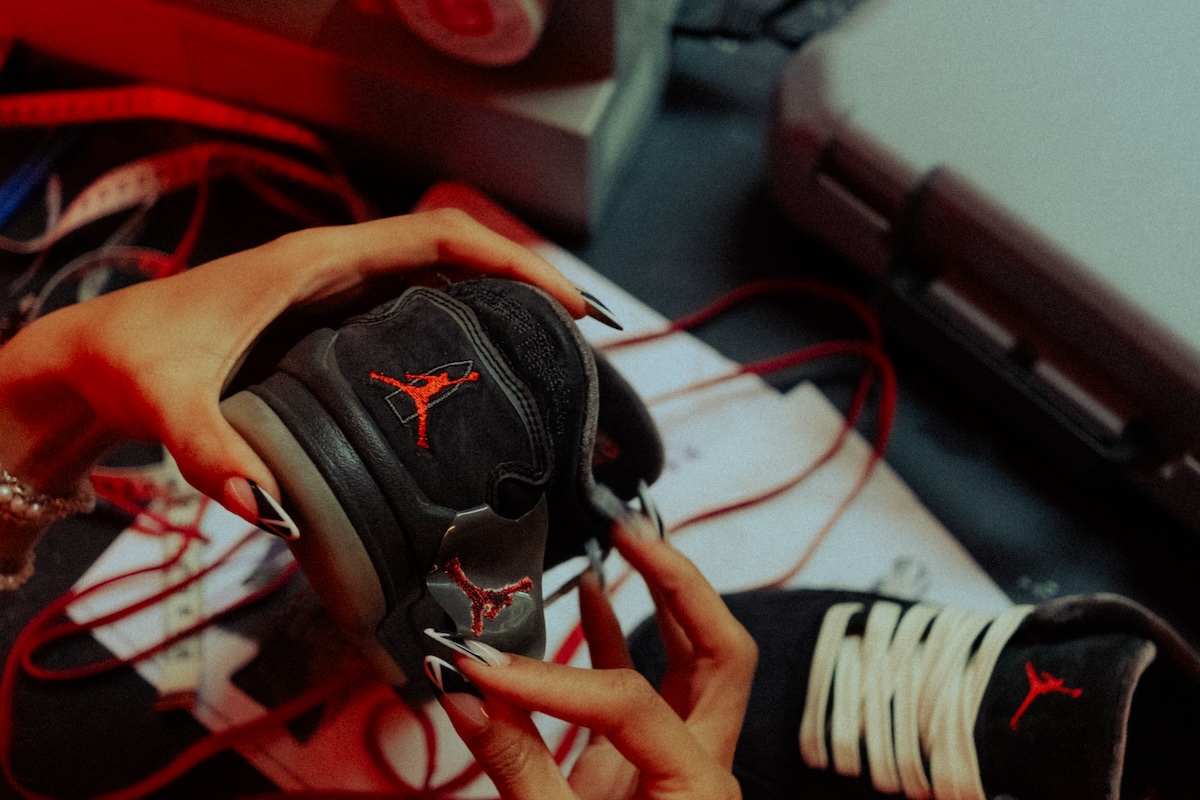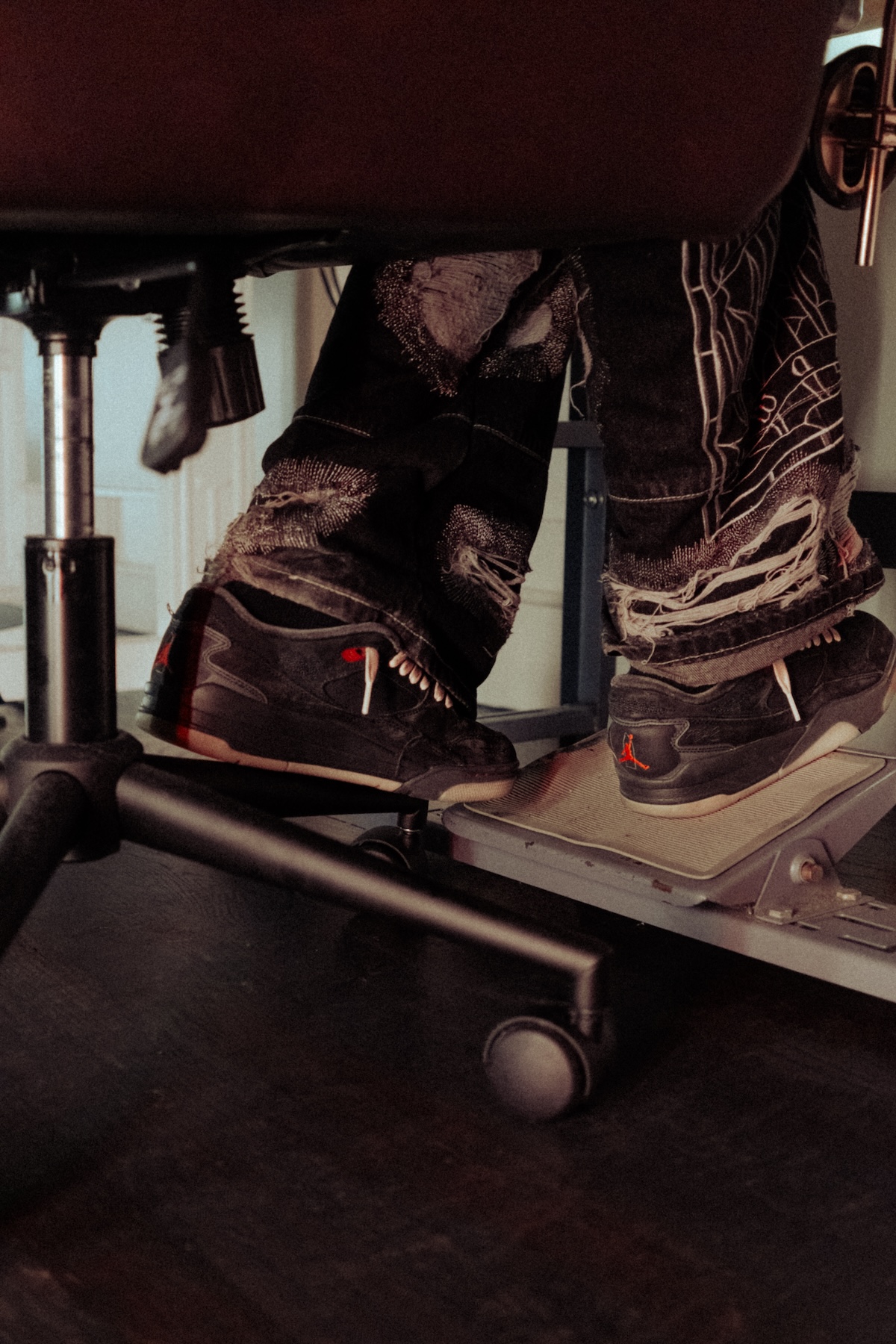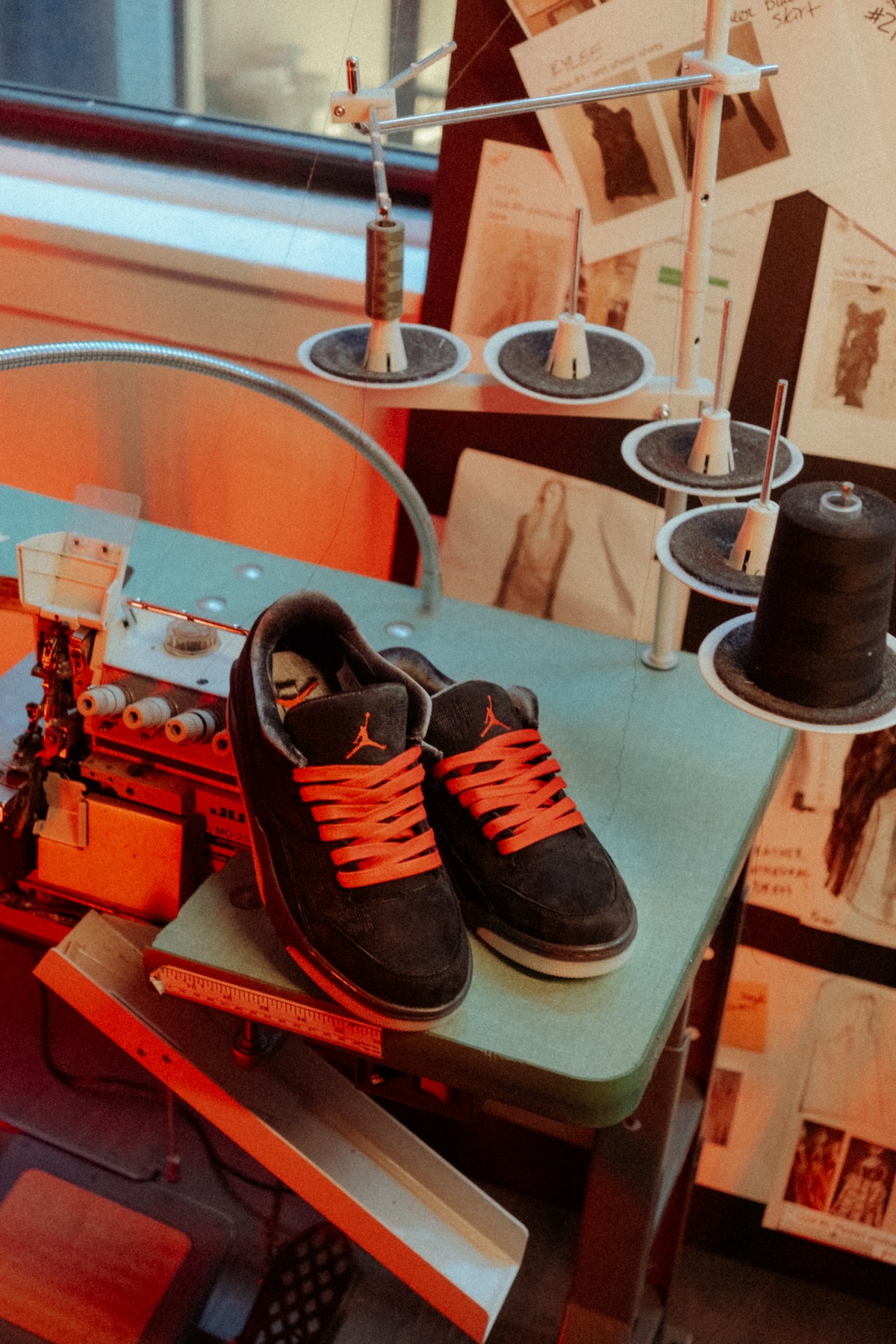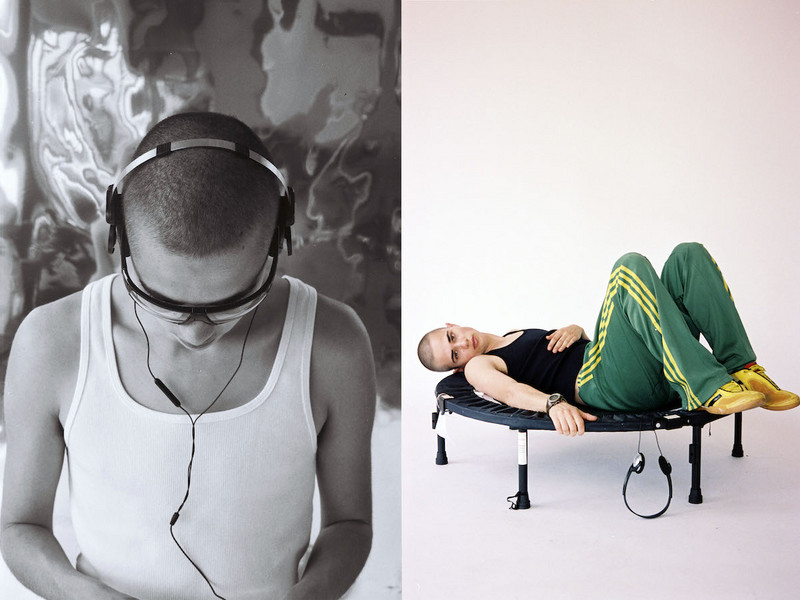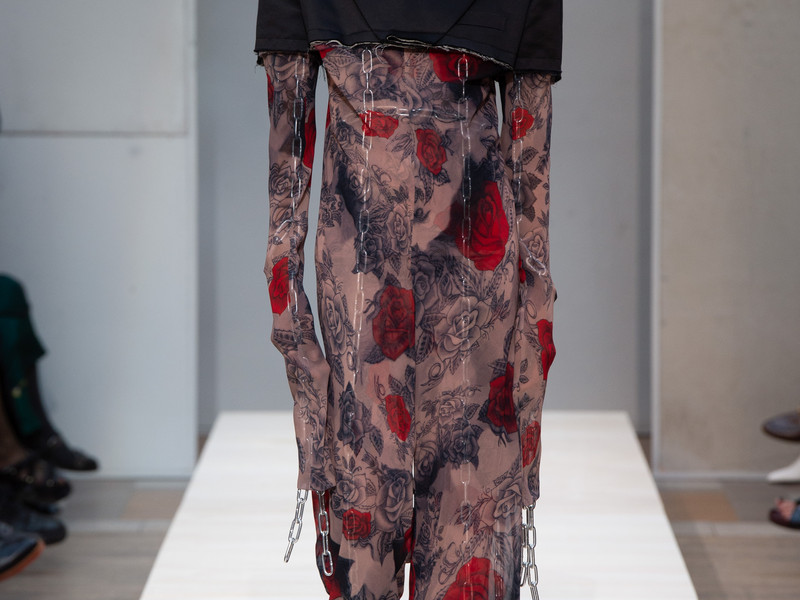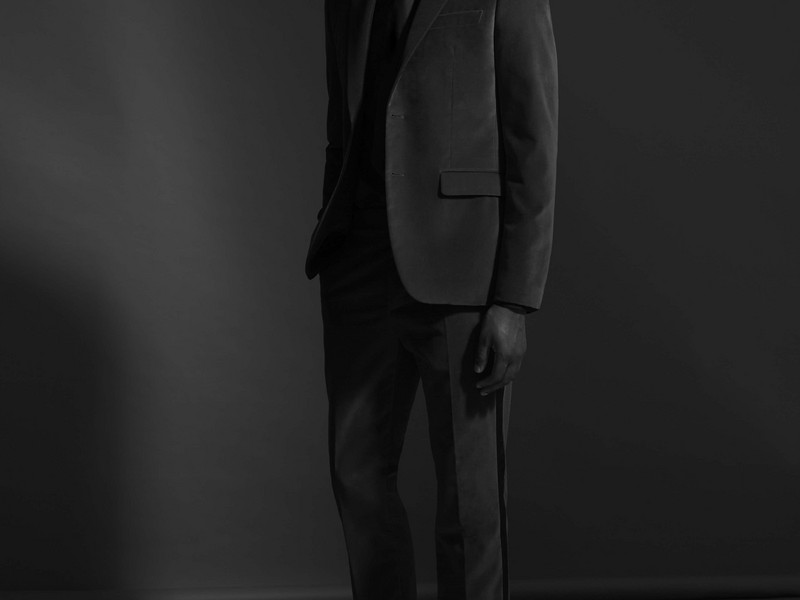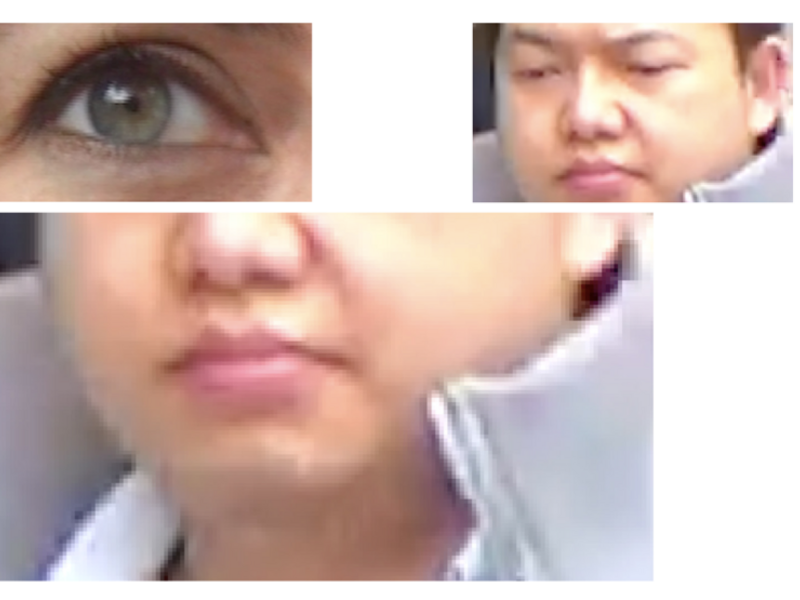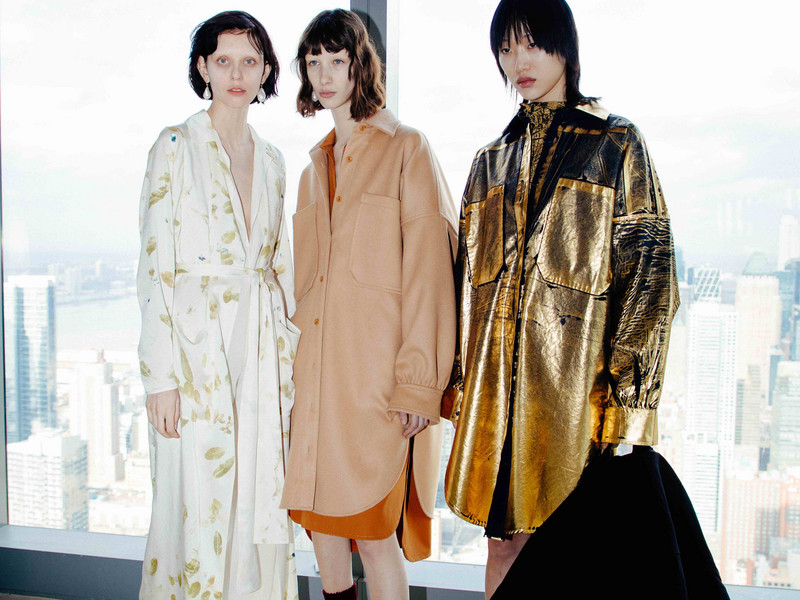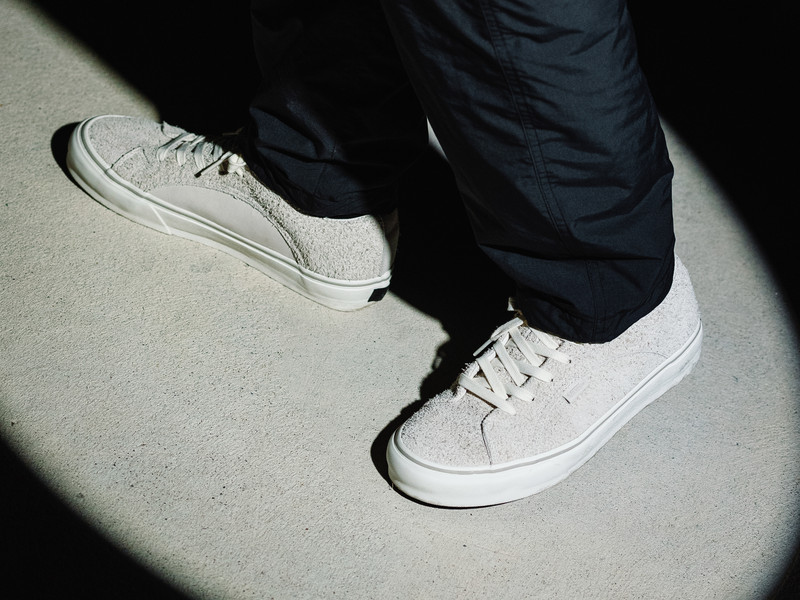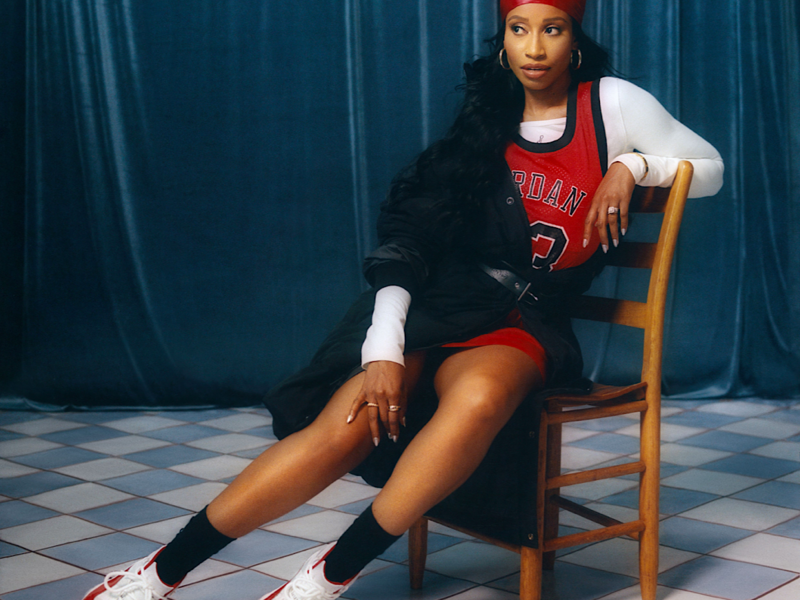Stay informed on our latest news!
Sign up for our newsletter
Recommended articles
office and Miista Join Forces for an Evening of Invigorating Conversation

Perfection is the recipe for disaster for a lot of us. You will always fail in the pursuit of perfect... but the journey is fun.
- Kevin Ponce


Everyone finds zen in their work in a different way. It's a really important part, having something in your work that feels good despite what else is going on. Once you put yourself into that state of flow, a lot comes out.
-Martine Ali


A lot of the time we have narratives of people, what we think they are going to be like, or a certain perception of them. For them to blow away all of those things is incredibly cool. That's my main objective and the whole point of writing, to keep the narrative going, to keep cultural criticism going, to keep history going.
- Kerane Marcellus













Manifestations of Jeff
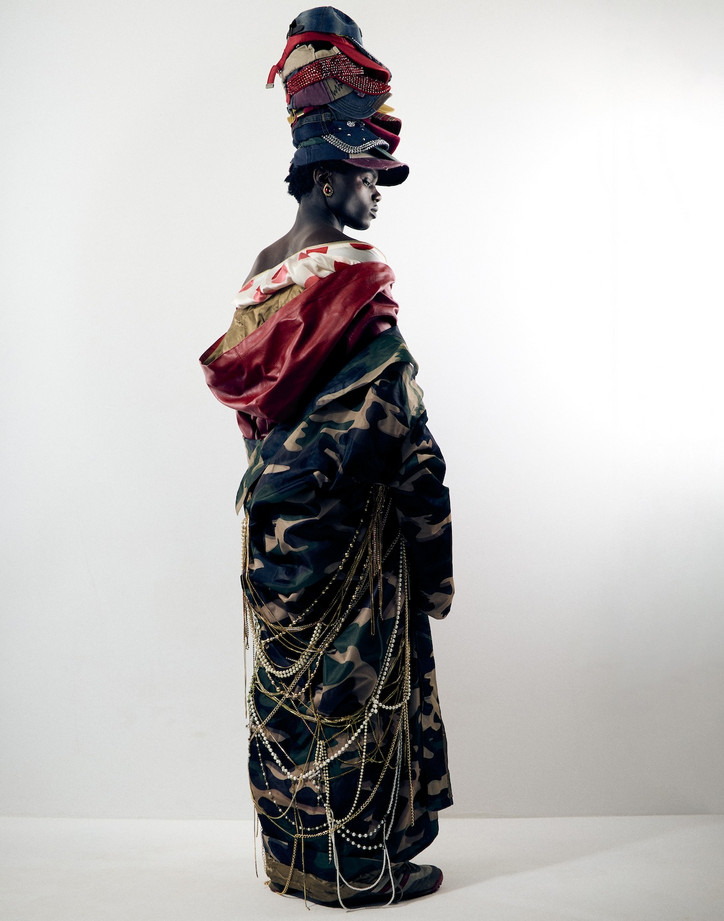
I'm really fascinated by how you brought this character to life, when did Jeff first appear to you?
It's kind of funny how this whole thing started. So I actually used to live in New York, years back. And one day, when I went thrift shopping, I found this worker's shirt, and it said Jeff on it. I think it was like someone's work shirt. And I thought that was super cool, so I bought it, and that sort of became my alter ego. And I kind of just started using that as my name for dating sites, all sorts of online shit. So it was very random.
I love that. Can you take me through a classic day in the life of Jeff? What is he doing? Where is he going? Who is he hanging out with?
I don't think there is a classic day in his life, because it's always different, like he's always doing things on a whim, you know. He just wakes up and he would do whatever the fuck he wants. It's all quite random. And I sort of like that. The fact that he doesn't stick to a routine, because I feel like that's how it's supposed to be for him, because he's not tied to anything. He's not confined, like he has no limits, so he kind of just, like, does everything and anything he wants, whenever, wherever.
Yeah, totally. And I read that a lot of the inspiration for Jeff came from your grandfather. How do you feel like Jeff embodies him?
Actually, initially, I feel like I didn't even see it. But as I was making the collection I sort of saw my grandpa's shadow within the collection. And I feel like it's because, like my grandfather himself, he used to be this super careless, fearless and free soul who never gave a fuck about what anyone else said. And he was always sort of in his own little bubble kind of thing. He had no friends, I think he didn't mind that. You know, that's just like part of his personality, he didn't care. So I think this collection was also sort of an attempt to revive his spirit through this alter ego that I've created.
For sure, I love that. I think especially when you're designing something, sometimes you don’t even see the inspiration until it's done. And it's really cool, because it's kind of subconscious.
You use a variety of materials, did you use any in the beginning that you thought would be a small detail that ended up being kind of central to the collection?
Yeah, actually, I think the first piece that I made for this collection was the hat. So that was kind of like, where the whole thing started. Because, like the hat, it kind of was a representation of repetitions. And I was like, oh so it's something that he keeps doing over and over again, like a mistake that he keeps making over and over again. This whole collection is basically Jeff's attempt to look posh or glamorous, but with things that he found. It's a bit like how as a kid, you would gel your hair back to look like you were older or wrap blankets around you to make a gown kind of thing. The whole thing is meant to be playful and really just random.
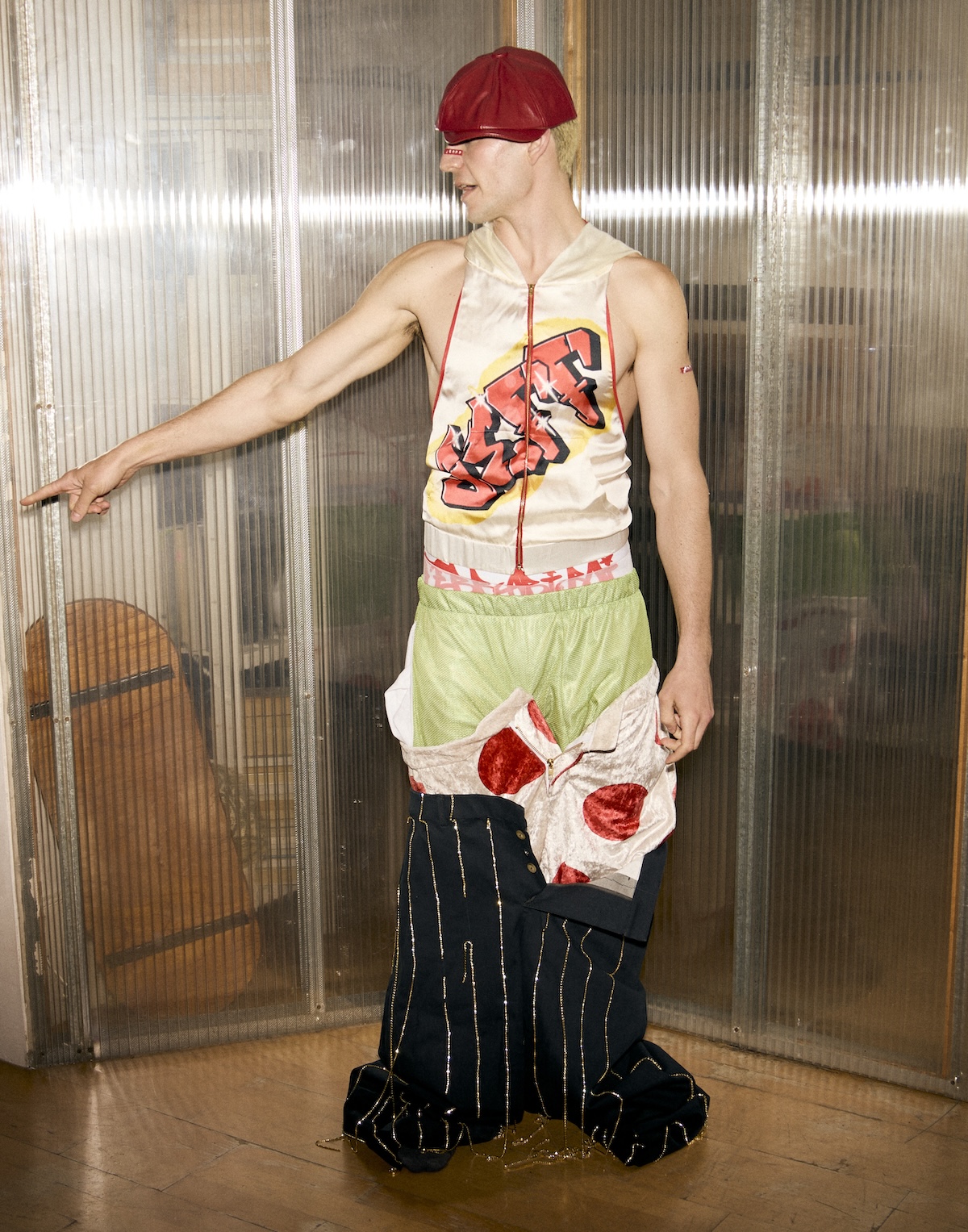
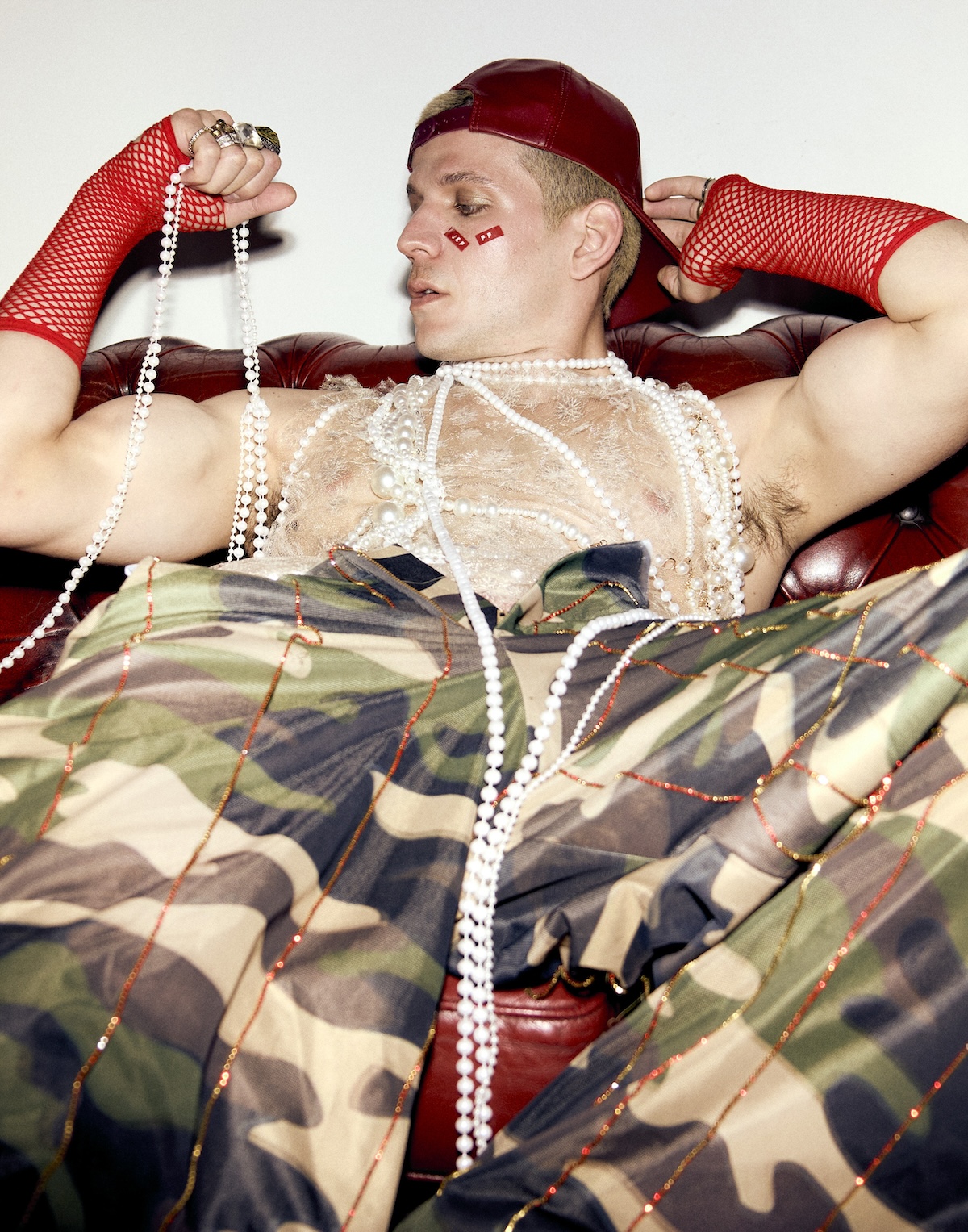
Yeah, especially like the childhood spirit of just working with whatever you have at home or in your parents closet and just making it happen.
Yeah, totally.
So you pulled some influence from streetwear culture and 1920s opulence. Does that era in particular inspire you at all? Would you say it inspires Jeff?
I think it's not about clothes from that era or details. It's mostly about the spirit and like, what people know that era as. It’s the glam and the lavish lifestyle.. And I think that's how Jeff is, that's how I want Jeff to be. He doesn't care about what other people think, he just wants to show off as much as he can. He just wants to put himself out there and be seen. Like he's just a walking spotlight.
Yes! I see that for him. It's kind of this balance between unconventional and conventional. And I guess my last question would be, how do you feel like, we all can be more like Jeff? How can we be inspired by him?
I think, really just go easy on yourself and allow yourself to make mistakes, because I feel like that's what I’ve struggled with for the longest time, because when I make things, I feel like I'm too much of a perfectionist, and I have a little bit of OCD when it comes to my work
Yeah, don't we all.
Yeah and, because of that, I've actually suffered a lot throughout my creative process over the years, because I can always do one thing 10 times just to make it perfect. But I feel like at the end of the day it's kind of pointless, because in the end, you're really just gonna see the overall image. And I think that's how it works with styling as well. Like, when I was working with other stylists, they didn't care that much about that one little fold in the skirt. You know, they care more about the overall image on the screen. And also, because, like on set, everything moves so fast, you can't just be fixated on one little detail. So, yeah just chill (laughs), like chillax.
Literally (laughs) just relax. I feel like everyone just needs to relax.
Yeah (laughs), everyone needs to chillax.

